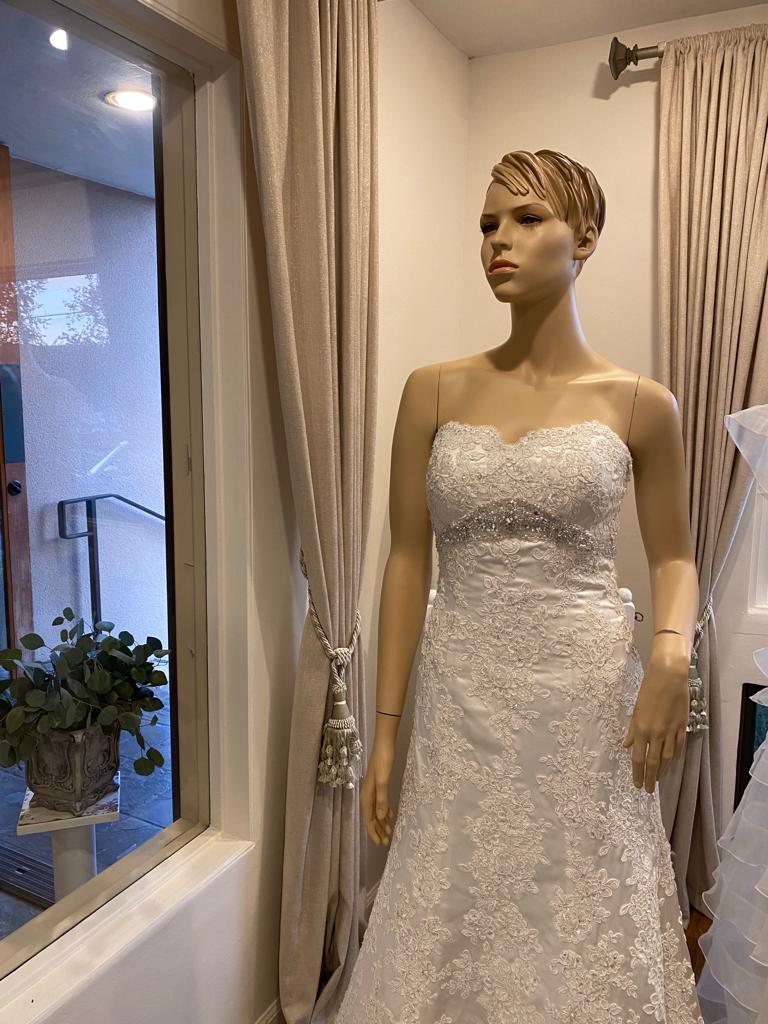Tailoring is an ancient art that involves creating and altering clothing to fit a person’s body. Sewing is a crucial aspect of tailoring, and there are various types of sewing techniques that are used in this craft. Types of sewing in tailoring and their characteristics:
Hand-sewing:
Hand-sewing is the oldest form of sewing, and it involves using a needle and thread to create stitches by hand. It is a time-consuming process, but it allows for more control over the stitching, resulting in more precise and delicate work. Hand-sewing is used for a range of tasks in tailoring, such as hemming, attaching buttons, and creating decorative stitching.
Machine-sewing:
Machine-sewing involves using a sewing machine to create stitches quickly and efficiently. It is commonly used in tailoring for tasks such as creating seams, attaching zippers, and creating complex designs. Sewing machines have different types of stitches, such as straight stitch, zigzag stitch, and buttonhole stitch, that can be used for various purposes.
Overlock sewing:
Overlock sewing is a type of machine-sewing that creates a neat and professional finish on the edges of fabric. It uses an overlock machine that trims the excess fabric and sews a seam at the same time, preventing fraying and unraveling of the fabric. Overlock sewing is commonly used for creating seams in knitwear, t-shirts, and other stretchy fabrics.
Blind stitch:
Blind stitching is a hand-sewing technique that is used to create an invisible hem on a piece of fabric. It involves creating small, nearly invisible stitches that are hidden within the fold of the fabric. Blind stitching is used for creating hems on skirts, pants, and other garments where a visible hem would detract from the overall appearance.
Topstitching:
Topstitching is a decorative stitching technique that is used to create a visible stitch on the surface of the fabric. It can be done by hand or by machine and is often used to add decorative detailing to clothing or create visual interest on seams and edges.




